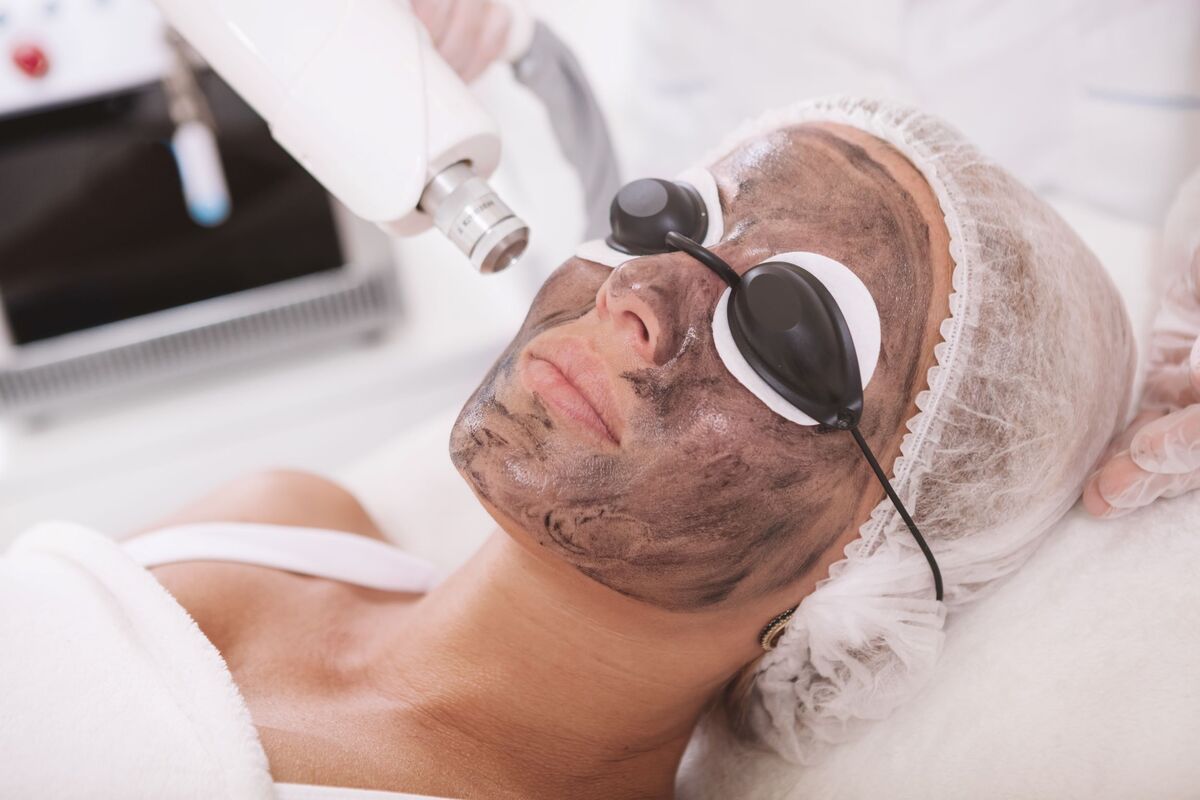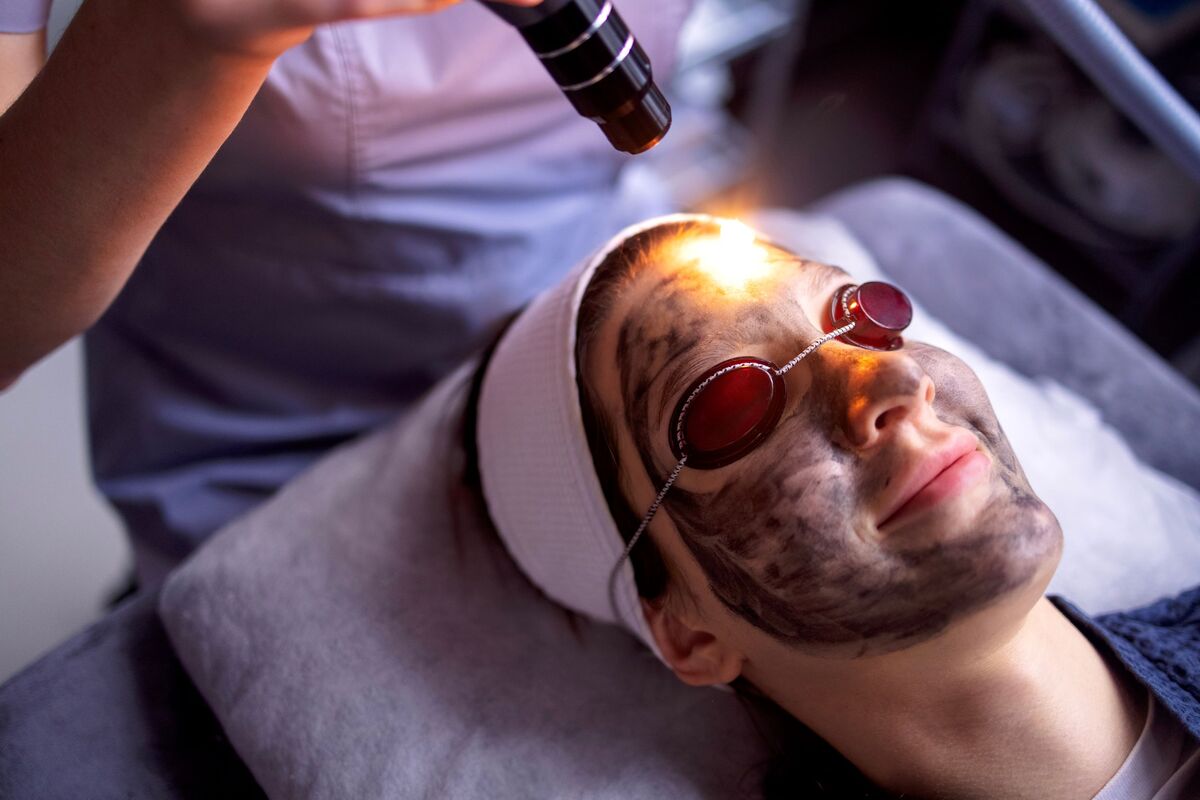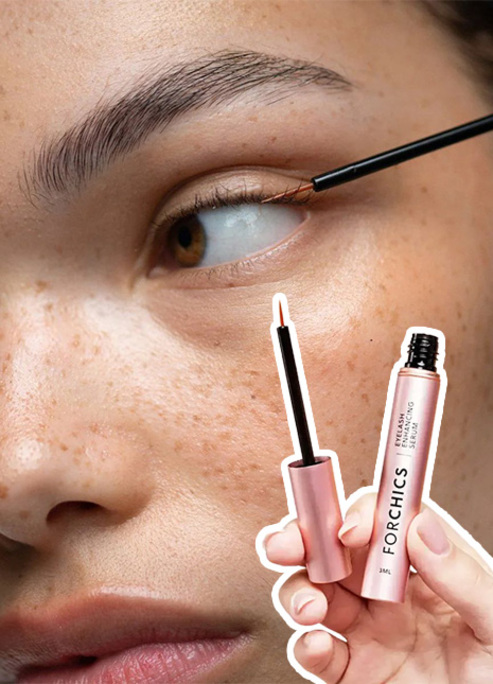
Understanding The Costs: What To Expect From CO2 Laser Treatments
Discover factors affecting cost and tips for finding affordable care.
CO2 laser treatments are becoming increasingly popular for a variety of skin concerns, from wrinkles and fine lines to acne scars and age spots. However, before you decide to undergo this procedure, it's important to understand the costs involved.
In this article, we'll discuss the various factors that can affect the cost of CO2 laser treatments and provide you with some tips for finding an affordable and reputable provider.
Factors Affecting the Cost of CO2 Laser Treatments
The price of CO2 laser treatment can vary significantly depending on several factors, including the following:
- Severity of your skin condition: The more severe your skin problem is, the more extensive the treatment will need to be, which will likely lead to a higher cost.
- Area being treated: The size of the area you want to treat will also impact the price. Larger areas will require more laser time and energy, resulting in a higher cost.
- Number of treatment sessions: Many skin conditions may need multiple treatments to achieve the best results. The total cost will depend on how many sessions are necessary.
- Location: The cost of carbon dioxide laser treatment can vary significantly depending on where the dermatologist, cosmetic surgeon, or plastic surgeon is located. In general, those in major cities will charge more than those in smaller towns.
- Professional experience: Dermatologists and plastic surgeons with more experience and expertise may charge a higher fee for their services.
- Type of CO2 laser: There are different types of CO2 laser resurfacing treatment available, and some may be more expensive than others.
- Additional Procedures: If you're also considering other procedures like skin resurfacing, chemical peels, or other cosmetic treatments, the combined cost will be higher.
Overall, the cost of CO2 laser treatments is influenced by a variety of factors. It's important to consider these factors when making a decision about whether to undergo this procedure and how much you're willing to spend.

Types of CO2 Lasers
Carbon dioxide laser resurfacing treatment can be classified into two main types: ablative and fractional. Each type has its own unique characteristics and benefits.
- Ablative CO2 Laser: This type of laser completely removes the outer layer of the skin, which can be more effective for treating deep wrinkles and scars. It's often used for skin resurfacing procedures.
- Fractional CO2 Laser: This laser delivers microscopic beams of energy into the skin, creating tiny wounds that stimulate collagen production. It has a shorter recovery time and is often used for treating fine lines, wrinkles, and acne scars.
Carbon dioxide lasers can be used for both ablative and fractional treatments. Erbium laser resurfacing is another type of laser treatment that can be used to address skin concerns similar to CO2 laser resurfacing.
Ablative lasers like the CO2 laser and erbium laser can be more aggressive and require a longer recovery time, but they can also provide more dramatic results. Fractional lasers are generally less invasive and have a shorter recovery time, making them a good option for those who prefer a less aggressive approach.
What to Expect Before, During, and After Treatment
Before, during, and after your CO2 laser treatment, you can expect a range of experiences. Here's a breakdown of what to anticipate:
Before Treatment
Your dermatologist will assess your skin condition, discuss your goals, and determine if you're a good candidate for the procedure.
You may be asked to avoid certain medications or activities, such as sun exposure, for a period before the treatment. A numbing cream or anesthetic may be applied to the treatment area to minimize discomfort during the procedure.
During Treatment
Your doctor will start applying the laser in pulses, which may feel like a series of rubber band snaps. The treatment time will vary depending on the size of the treatment area and the complexity of your skin condition.
Your dermatologist will monitor your progress throughout the procedure and adjust the laser settings as needed.
After Treatment
After the procedure, your skin will likely be red and swollen for several days after the treatment. You may also experience some discomfort or peeling. Scabs may also form over the treated area, which will eventually fall off.
Your dermatologist will provide specific aftercare instructions, which may include using a gentle cleanser, applying a topical ointment, and avoiding certain activities.
Also, it's crucial to protect your skin from sun exposure during the healing process to prevent hyperpigmentation.

Finding an Affordable and Reputable Provider
Finding the right dermatologist for your CO2 laser treatment is crucial to ensuring a positive experience and achieving optimal results. Here are some tips to help you find a provider who is both affordable and reputable:
- Research dermatologists: Ask for recommendations from friends, family, or your primary care physician. You can also search online for dermatologists in your area.
- Read reviews: Check online reviews to get a sense of other patients' experiences.
- Get multiple quotes: Contact several dermatologists to get quotes for the procedure. Be sure to compare the total cost, including any additional fees or charges.
- Ask about financing options: Some dermatologists offer financing options to help patients spread out the cost of treatment.
Final Thoughts
Ready to take the next step toward healthier, more radiant skin? Finding the right dermatologist for your CO2 laser treatment is crucial. Don't hesitate to research, compare, and ask questions. Your investment in your skin is an investment in yourself.











